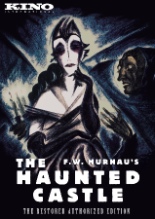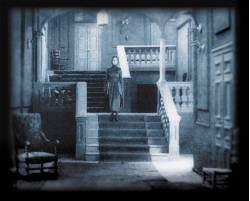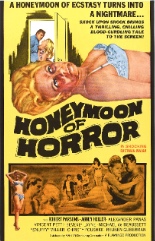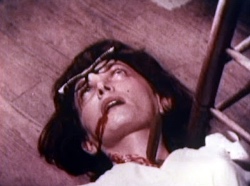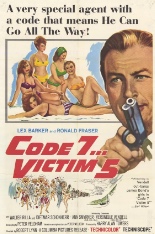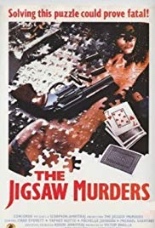
 A woman’s leg turns up in a dumpster. Her arm, in a mailbox. Her head, on the beach. And so on. Because the first discovered limb bears a unique snake tattoo matching a model’s photograph on a pornographic puzzle, L.A.’s finest go neck-deep to investigate The Jigsaw Murders.
A woman’s leg turns up in a dumpster. Her arm, in a mailbox. Her head, on the beach. And so on. Because the first discovered limb bears a unique snake tattoo matching a model’s photograph on a pornographic puzzle, L.A.’s finest go neck-deep to investigate The Jigsaw Murders.
Leading the charge is Sgt. DaVonzo (Chad Everett, Airplane II: The Sequel), a veteran cop and veteran alcoholic, and his young-pup partner, Detective Greenfield (Michael Sabatino, Immortal Combat). Their sights soon zero in on slimy shutterbug Ace Mosley (Eli Rich, MurderLust), who — it just so happens — has shot nudes of DaVonzo’s wannabe-actress daughter (the Sharpie-eyebrowed Michelle Johnson, Blame It on Rio) … and she might just be his next target.
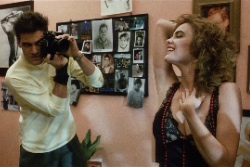 One of those mainstays in the VHS rental peak, The Jigsaw Murders comes from Roger Corman’s Concorde Pictures; as such, it hits the right blend of sleaze and stupidity. It also works in spite of itself, coasting on Everett’s extremely easygoing TV-star charm and the mentor/mentee relationship between DaVonzo and Greenfield. Although hardly original, their buddy-cop pairing is so likable, it merits a series and mitigates the movie’s short-lived status as a mystery. To be clear, we only get the latter. But we also get a chase-cum-shootout on a miniature golf course.
One of those mainstays in the VHS rental peak, The Jigsaw Murders comes from Roger Corman’s Concorde Pictures; as such, it hits the right blend of sleaze and stupidity. It also works in spite of itself, coasting on Everett’s extremely easygoing TV-star charm and the mentor/mentee relationship between DaVonzo and Greenfield. Although hardly original, their buddy-cop pairing is so likable, it merits a series and mitigates the movie’s short-lived status as a mystery. To be clear, we only get the latter. But we also get a chase-cum-shootout on a miniature golf course.
The movie represents a transition film of sorts for writer/director Jag Mundhra, as it bridges his horror roots (Open House and Hack-O-Lantern) and the erotic thriller genre he helped ignite (Night Eyes, Last Call, Wild Cactus, et al.) the very next year. B-movie enthusiasts should look for short bits from Yaphet Kotto, Michelle Bauer and Brinke Stevens, only one of whom plays a sandwich-eating coroner with clothes. —Rod Lott

